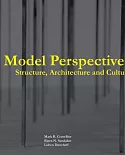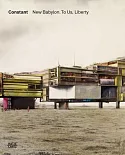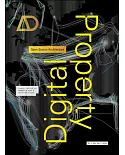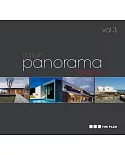Writing from inside the discipline of architecture, rather than from the more common extrapolations from the history of painting and philosophy, Alberto Perez-Gomez and Louise Pelletier focus
on the implications of the tool of perspective (and the hegemony of vision) for architectural representation. Their primary thesis is that tools of representation have a direct influence on the
conceptual development of projects and generation of forms, and that there are alternatives to the reductive working methods of most contemporary practice.
The book examines textual evidence across a broad historical period, concentrating on the relationship between drawing and architectural space in the period from the seventh century to the
twentieth century. The book discusses such issues as optical correction and the nature of architectural drawing in selected treatises, revealing the complexity and potential contradiction
inherent in any linear history of representation. The authors' ultimate aim is to probe the possibilities of the constructed world--that is, architecture--as a poetic translation, rather than
prosaic transcription, of its representations.





















